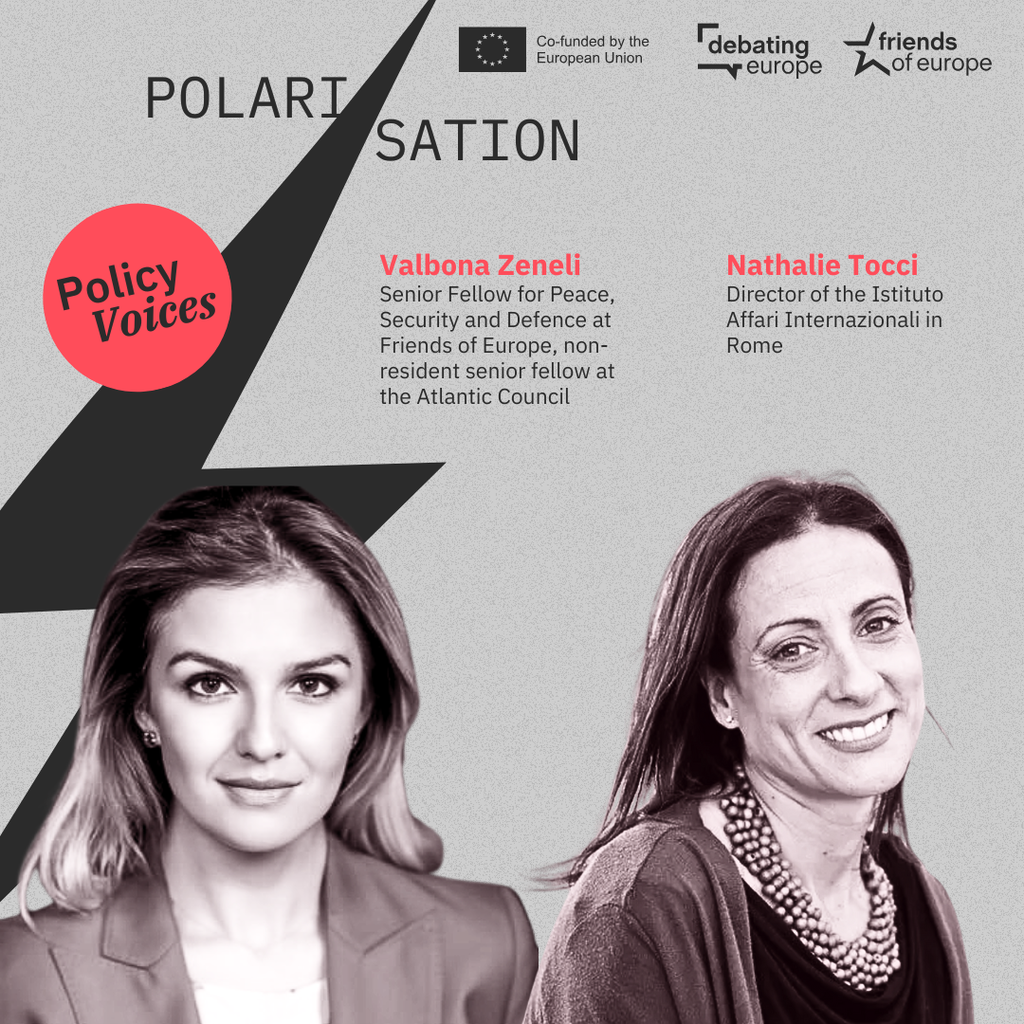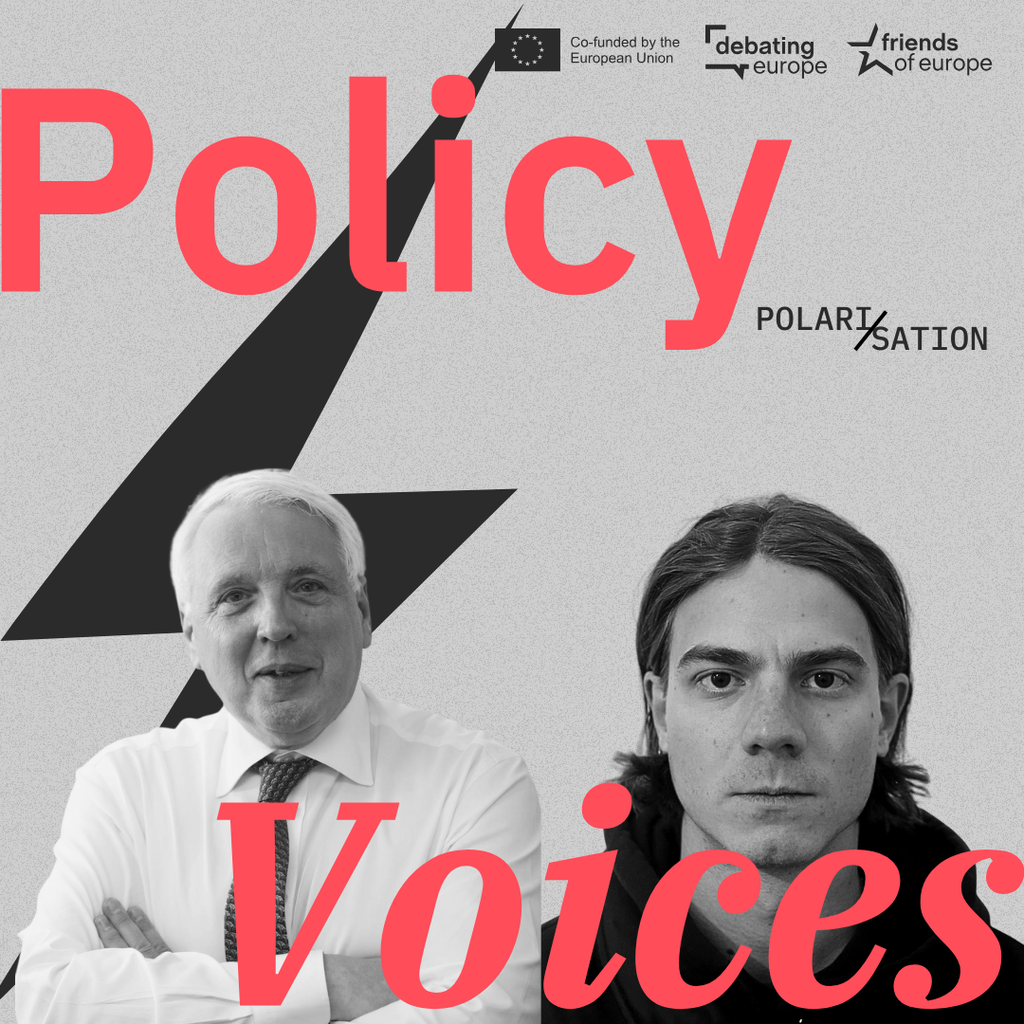From ambition to action: building Europe’s Defence Union
Past event In person

- Area of Expertise
- Peace, Security & Defence

EU Anti-Trafficking Coordinator
Myria Vassiliadou is the EU Anti-Trafficking Coordinator
Building on the work carried out over recent years, the European Commission adopted in December 2017 a Communication to step up EU priorities and action on trafficking in human beings.
To work towards the eradication of this grave violation of human rights, the Commission focuses on three key priorities: countering the culture of impunity by disrupting the business model and untangling the trafficking chain of this complex crime; improving victims’ access to their rights; and ensuring that the European Union’s internal and external actions provide a coordinated response. Two further cross-cutting actions include gathering statistical data and ensuring that EU funding matches policy priorities and objectives.
Trafficking is a highly profitable form of organised crime that is often accompanied by a cross-border dimension. Fuelled by the demand that fosters all forms of exploitation, trafficking results in irreversible harm to its victims as well as our societies. Prevention remains the cornerstone of EU policy, as all other measures come simply too late for the victims.
Trafficking is a highly profitable form of organised crime that is often accompanied by a cross-border dimension
In order to address trafficking comprehensively, it is crucial to be clear on precisely what we are talking about. We need to use coherent definitions, based on the existing ambitious legal framework, which can translate into concrete policies, operational action and sufficient funding allocations.
In this context, we must remember that trafficking in human beings is not a migration-related phenomenon per se, as it does not necessarily require the crossing of borders. In fact, many EU-registered victims of trafficking are EU nationals, including those who have been trafficked within their own Member State. Furthermore, not all non-EU victims arrive through the current migration routes.
As a complex crime, trafficking has links with a multitude of other crimes. Other crimes might also be supporting offences, facilitating the various stages of the trafficking chain in specific contexts. Migrant smuggling is one such example. Conceptual clarity is key here, however. Trafficking in human beings and migrant smuggling cannot be used interchangeably, as their differences have implications for the rights of trafficking victims, the obligations of EU Member States and the implementation of appropriate responses. Traffickers take advantages of opportunities, whether they manifest in migration challenges or legislative loopholes. They take advantage of vulnerabilities – both structural and contextual – targeting women and children, the Roma community and people with disabilities, among others.
Women and girls comprise the vast majority of all trafficking victims registered in the EU, and they are disproportionately targeted for sexual exploitation. The same pattern emerges in the context of migration, with the number of women and girls trafficked for sexual exploitation along the Central Mediterranean route having risen sharply in recent times.
With this in mind, it is clear that it is neither migration nor vulnerability that is responsible for creating victims, but the complex interplay between supply and demand for the services object of exploitation. Trafficking brings money to a wide range of actors, whether they be knowingly or unknowingly involved. Examples include someone transporting the victims, and the victims also eat and sleep somewhere. While many insist that trafficking and its victims are invisible, this is hardly the case. A Nigerian girl, barely clothed in winter, at night in the street, for example, is very visible, and so is the person approaching to exploit her. And behind each victim, there is a trafficker; a perpetrator; a profit maker; a user and indeed an abuser, who preys on a victim’s vulnerabilities.
Traffickers take advantages of opportunities, whether they manifest in migration challenges or legislative loopholes
A lot has been achieved with regard to developing identification guidelines, setting up referral mechanisms and cooperating with civil society. The next step is to ensure that victims can access their rights. The EU’s ultimate goal, however, is to prevent further women, girls, men and boys from becoming victims in the first place. This can only be achieved by countering the culture of impunity that protects all actors involved in the trafficking chain. Stepping up law enforcement and judicial cooperation to enhance investigations and prosecutions, discouraging demand, and criminalising the use of the services exacted from victims are crucial steps in achieving this goal.
Multiple funding streams should continue to be mobilised to support anti-trafficking objectives and priorities, taking into account the complexity and gender specificity of the crime, high-risk groups and sectors. The cooperation of all actors at all levels is fundamental. With a Joint Statement signed in June 2018 the Heads of ten EU Agencies committed to working together to address trafficking. This Statement is fully in line with the Commission’s policy priorities, as in the 2017 Communication, and supports the Member States in implementing the Anti-Trafficking Directive.
By the end of 2018, and as per the Anti-Trafficking Directive, the Commission will present its second Progress report, including information based on Member States’ reporting to the EU Anti-Trafficking Coordinator on assessment of trends, anti-trafficking actions, and gathering of statistics, as well as contributions from civil society and from EU Agencies. The report will also include reporting on the 2017 Communication. In addition, and meeting our responsibilities, we will continue to monitor the Anti-Trafficking Directive and encouraging all relevant actors to ensure full implementation.
Past event In person

Next event In person & Livestreamed

Past event Online

Past event Online





Stay informed
We use cookies and similar technologies to adjust your preferences, analyze traffic and measure the effectiveness of our campaigns. Learn more about our privacy policy.